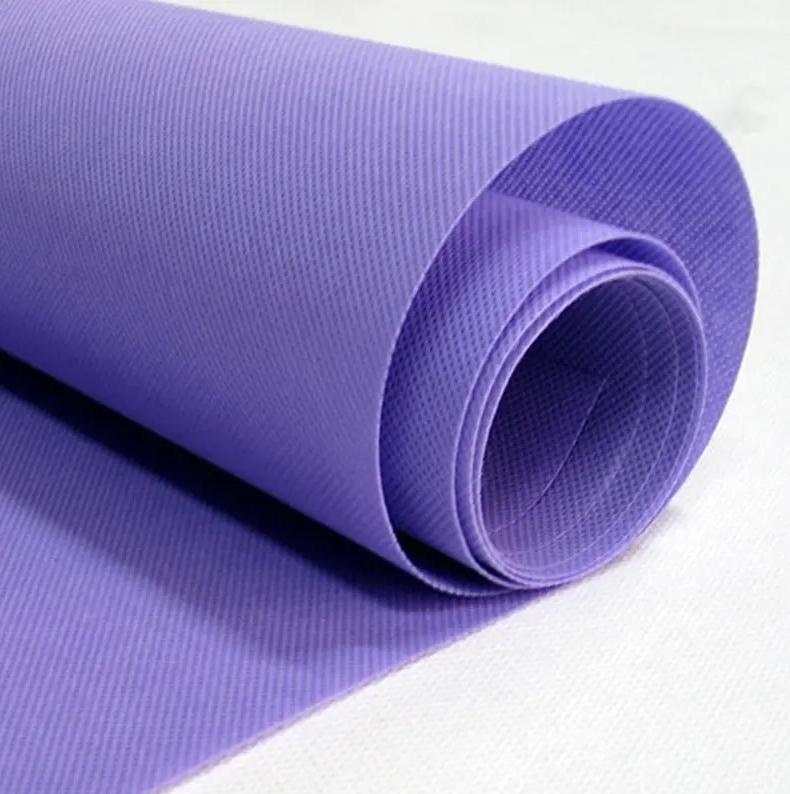Environmental awareness is shaping product development across every sector. In coatings, adhesives, and construction materials, synthetic emulsions like Styrene Butadiene Latex are being evaluated not only for performance but also for their environmental impact.
Water-based latexes such as Styrene Butadiene Latex reduce reliance on solvent-based chemicals. This translates into lower emissions of volatile organic compounds (VOCs), which benefits both workers and the surrounding environment during application. It also helps manufacturers comply with regulatory standards for air quality and workplace safety.
Styrene Butadiene Copolymer Latex is also contributing to cleaner production methods. Its use in waterborne adhesives, coatings, and paper finishes helps limit exposure to hazardous substances. Furthermore, the ability to process and apply these latexes without specialized protective gear reduces operational complexity and energy usage.
Recyclability is another important topic. Products made using synthetic latex can sometimes be reprocessed or safely incinerated, depending on their formulation and end-use context. Some applications also support latex recovery through coagulation and re-dispersion, which can reduce overall waste.
The production of both latex types is continuously improving. Modern emulsion polymerization techniques allow manufacturers to minimize the use of surfactants and optimize the energy efficiency of the reaction process. These innovations contribute to a lower carbon footprint and better resource management.
As global markets move toward sustainable packaging, building materials, and textiles, the role of environmentally responsible latex formulations will only increase. Both Styrene Butadiene Latex and its copolymer offer viable pathways for industries aiming to reduce their environmental impact while maintaining high product standards.
